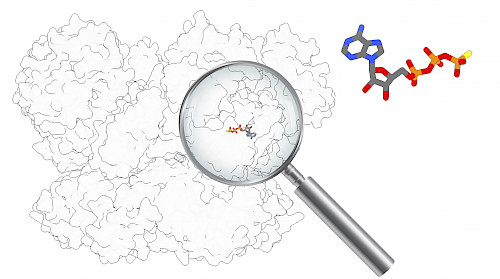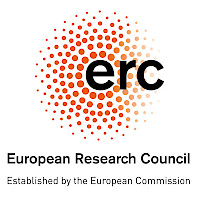Developing NMR Methods for the Detection of Ligand Molecules
Small-molecule ligands are critical players in the chemistry of life. In the role of substrates, cofactors, solvent or inhibitors, they steer the activities of proteins.
Ideally, we would like to single out a small ligand from a large biomolecular complex – even if their sizes lie orders of magnitude apart – and follow the fate of the ligand during chemical and structural transformations. This would allow us to tackle diverse research problems, from fundamental mechanistic enzymology to the design of drug molecules
NMR is one of the few experimental techniques to achieve this under near-native conditions, and at high spatial resolution, while accounting for molecular motions and heterogeneity. We routinely apply solid-state NMR under magic-angle spinning to investigate large enzymes in complex with substrates and inhibitors, often in a time-resolved manner.
Nature Chemistry (2024), Biochem Soc Trans (2021), J. Am. Chem. Soc. (2020), ACS Chem. Neurosci. (2018).
For small-molecule screens solution-state NMR is the method of choice. Current NMR techniques face challenges when detecting small molecules within large complexes due to sensitivity and resolution limitations. Optimisation of isotope labelling and spectroscopic strategies has pushed the limits of routine protein-observed NMR into the range of hundreds of kilodaltons. Yet these solutions are not transferable to the small-molecule space due to its different chemical build-up.
Our ERC-funded project ZoomNMR aims to cover this blind spot with novel tools for biorthogonal ligand-detected NMR. We capitalize on late-stage isotope labelling strategies for small molecules, inspired by organic synthesis and biocatalysis, in conjunction with relaxation interference phenomena. Our long-term goal is to make ligand-observed NMR of large biomolecular complexes as straightforward and efficient as protein-observed NMR is today.

